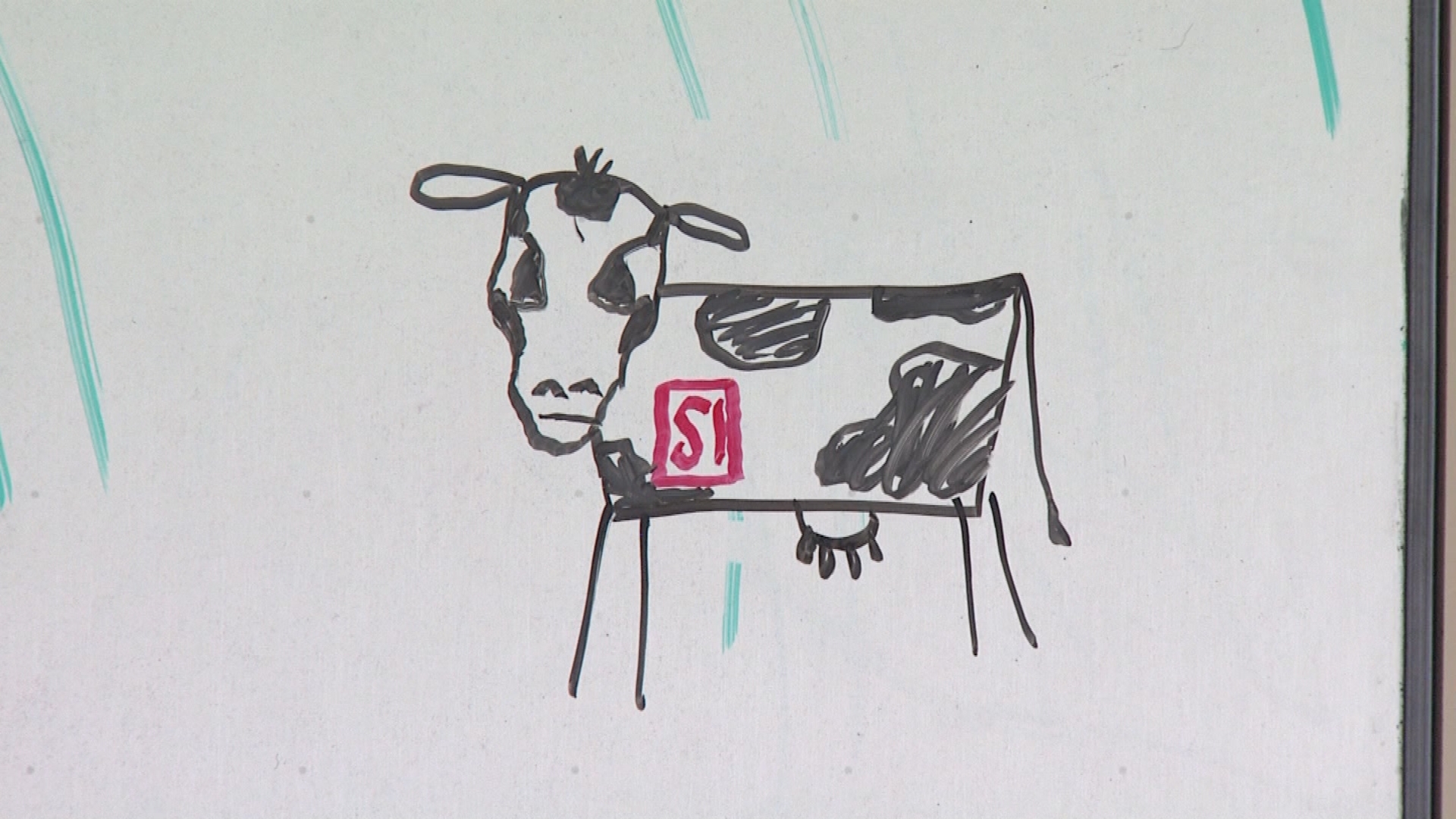Map: What’s At Stake For Indiana School Districts In The Business Tax Debate
Data: Indiana Legislative Services Agency
This map shows how much each Indiana school district would lose if lawmakers were to eliminate the personal property tax — a tax on business equipment. The darker the school corporation’s shade, the bigger the projected hit of the tax’s elimination would be. The proposals General Assembly members are currently considering, however, would not eliminate the tax immediately or completely.
Indiana school districts collectively stand to lose an additional $150 million in local revenues if General Assembly members were to completely eliminate the state’s business personal property tax.
That said, none of the proposals state lawmakers are considering — including the one Indiana House members approved Thursday — are as complete or as immediate as cutting the state’s tax on business equipment altogether. The tax generates $1 billion in revenues annually for local governments and schools.
“I’m talking about tax reform, not tax cuts,” Gov. Mike Pence wrote in a letter to the state’s mayors sent Wednesday, saying he supports phasing out the tax “in a way that does not unduly burden local governments.”
Still, the projections from Indiana’s Legislative Services Agency illustrate the stakes of the debate, showing more than 130 school corporations would see their losses to Indiana’s property tax caps double if the business personal property tax were to go away entirely. (We explain how here.)
We put those numbers into map form above. The largest projected losses are in darker shades of blue. Click on your district to see how much property tax revenue the district would lose if lawmakers were to eliminate the business equipment tax completely.
We at StateImpact have spent a lot of time in the past two years talking about the impact of Indiana’s property tax caps, which themselves have allowed taxpayers to keep $245 million that school districts otherwise would’ve used to pay down debt and fund transportation or building repairs.The caps’ impact has been less pronounced in rural areas of the state, in communities where property owners don’t have to pay taxes for multiple layers of city services.
But one thing the map shows clearly is how a total elimination of the business personal property tax — again, neither of the current proposals is that drastic — would impact even these rural areas, where losses to the property tax caps have been much less significant.
The Southwest School Corporation in Sullivan lost three percent of its property tax revenues in 2013, but it would lose more like 23 percent of its property tax revenues in 2015 if the business personal property tax went away.
“When they make major changes, I mean, that’s fine — but are they going to make up any of this money?” asks Southwest’s superintendent, Chris Stitzle. “That’s not really been addressed.”
(View the data powering the map above here.)
CORRECTION, Jan. 31, 11:15 a.m. Eastern: As originally posted, the map’s color scheme did not correctly reflect the data. The map’s settings have been changed and the map is now accurate. The numbers that appear when you click on a district, however, are correct — and were correct all along.
